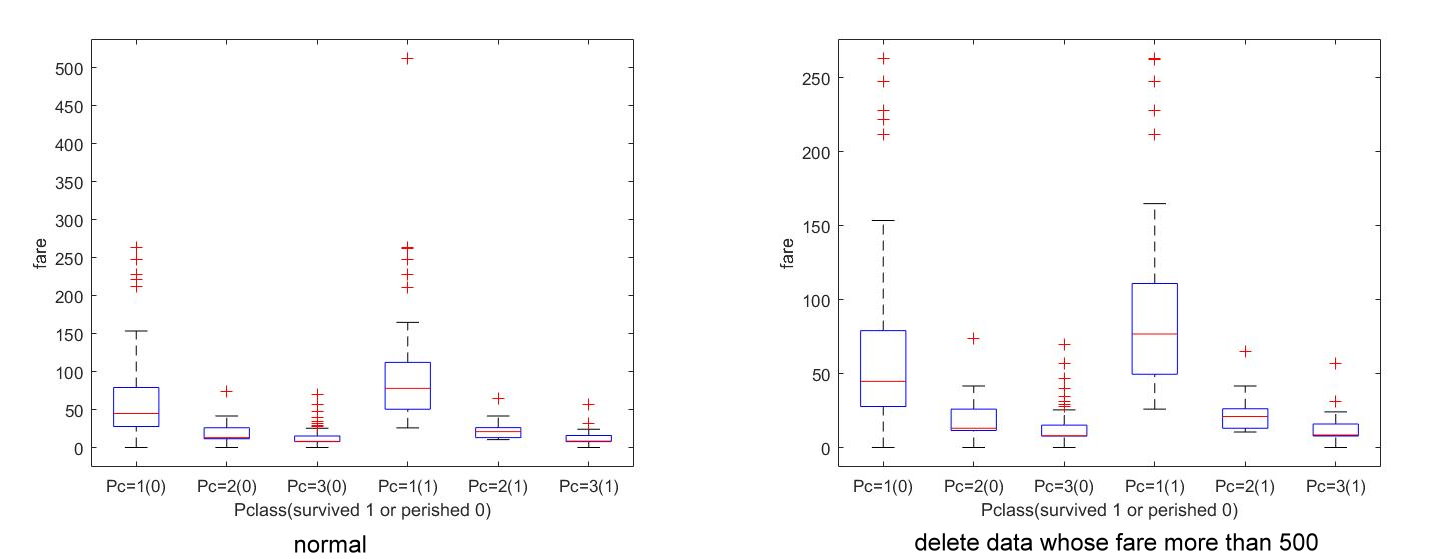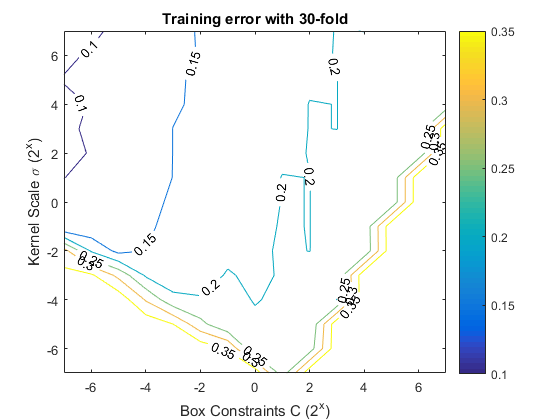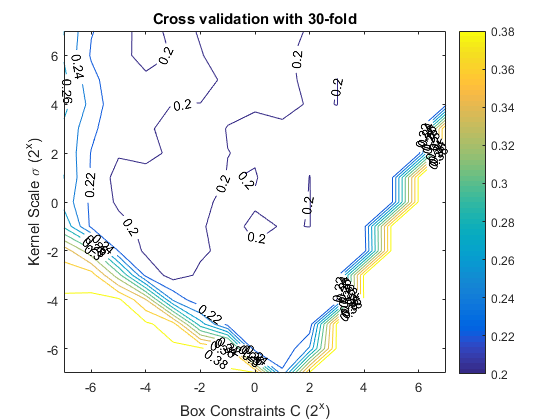Introduction
-
We hope to predict whether the people on Titanic is survival or not. This data is from website ''kaggle''. Actually, there are lots of method solve this problem and make a good prediction, for example, logistic regression. Hence, in this project we just predict it by the tool which we learned in the ML class.
Feature Engineering
In this section, the basic feature engineering will be introduced. The following analysis provides a simple base for prediction.


| Parameter | Female | Child |
|---|---|---|
| Accuracy | 0.7655 | 0.7703 |

| Parameter | Female | Child | Female, Child and Family size |
|---|---|---|---|
| Accuracy | 0.7655 | 0.7603 | 0.7464 |

| Pclass | 1 | 2 | 3 |
|---|---|---|---|
| number of survival people | 136 | 87 | 119 |
| number of perished people | 80 | 97 | 372 |
Logistic Regression
If we choose the original parameter, by logistic regression, the following p-value can be gotten. We can deduce that survival have low relation with Parch, Fare and Embarked.
| Parameter | Pclass | Sex | Age | SibSp | Parch | Fare | Embarked |
|---|---|---|---|---|---|---|---|
| p-value | 0.0000 | 0.0000 | 0.000 | 0.0015 | 0.3199 | 0.2703 | 0.4230 |
Then, we choose the previous artificial parameter, e.g. child, family size and fare times Pclass.
| Parameter | Pclass | Sex | Age | SibSp | Family size | Fare*Pclass | Child |
|---|---|---|---|---|---|---|---|
| p-value | 0.0000 | 0.0000 | 0.000 | 0.1760 | 0.2452 | 0.1337 | 0.9861 |
PCA
We use PCA to reduce dimension of original original, i.e. Pclass, Sex, Age, SibSp, Parch, Fare, Embarked. Then, how many eigenvector is taken is chosen by logistic regression.
| eigenvector | 1st | 2nd | 3rd | 4th | 5th | 6th | 7th |
|---|---|---|---|---|---|---|---|
| p-value | 0.0000 | 0.0000 | 0.0000 | 0.0035 | 0.0021 | 0.9986 | 0.0000 |
Hence, let \(\mathcal{C}\) be the first 2 vector, \(\mathcal{D}\) be the first 3 vector and \(\mathcal{E}\) be the first 3 vector and the last vector.
Experiment
Because we could check answers only few times, we choose the radial bump kernel which is recommended on website, first.
Train an 1-norm soft margin SVM classifier using the radial basis kernel. That is,
subject to \(0\leq\alpha_j\leq C\) and \(\sum y_i\alpha_i=0\), for some \(C\). Note that this inequality \(0\leq\alpha_j\leq C\) is called the box constraint. Now, the following table is show the accuracy of SVM with \(C=1\) and gauss kernel scale \(\sigma=1\).
| method | origin | \(\mathcal{A}\) | \(\mathcal{B}\) | \(\mathcal{C}\) | \(\mathcal{D}\) | \(\mathcal{E}\) |
|---|---|---|---|---|---|---|
| accuracy | 0.76555 | 0.77272 | 0.76794 | 0.70813 | 0.77511 | 0.77511 |
Only method \(\mathcal{C}\) is not higher than just use female to predict. Then, we focus on method \(\mathcal{B}\), i.e. {Pclass, Sex, Age, SibSp, Fare*Pclass} and classify them by other method in our class.
Now, we focus on method \(\mathcal{B}\). Hope to find a better box constraint \(C\) and Gaussian kernel scale \(\sigma\). First, the 30-fold cross validation is used. The tuning procedure is shown as following.


Now, we choose some pairs of \((C, \sigma)\).
| \((C,\sigma)\) | (4, 0.25) | (2, 0.25) | (1, 1) | (0.5, 4) |
|---|---|---|---|---|
| training error | 0.1616 | 0.1627 | 0.1874 | 0.1998 |
| validation error | 0.1886 | 0.1886 | 0.2020 | 0.1998 |
| testing accuracy | 0.76555 | 0.76555 | 0.77272 | 0.77272 |
The parameter \((C=1, \sigma=1)\) and \((C=0.5, \sigma=4)\) have the same test accuracy. We desire to tell the different between two model so we choose receiver operating characteristic curve.
- True Positive Rate (Recall, Sensitivity): how many correct positive results occur among all condition positive samples.
- False Positive Rate: how many false positive results occur among all condition negative samples.

The AUC of \((C=1, \sigma=1)\) is 0.5799 and the AUC of \((C=0.5, \sigma=4)\) is 0.4868. Hence, choosing the parameter \((C=1, \sigma=1)\) is better.
In class we learned SSVM, so we download SSVM matlab code from website “http://dmlab1.csie.ntust.edu.tw/downloads/”. Then, we got accuracy is 0.76555.
Result
Now, we use a complicated method (SVM) to predict whether the people are survival or not. Hence, the t-test is used to explain whether SVM method is better than just classifying by gender.
Set 30-fold. Let two method is same (\(\mu=0\)) to be null hypothesis (\(H_0\)) and \(\mu\neq 0\) to be \(H_1\). Choose significant level \(\alpha=0.1\). Now, compute
Moreover, \(p\)-value is 0.0945. Hence, we cannot reject null hypothesis. My SVM is not significant powerful in this case. Futhermore, \(t_{0.95}(29)=1.699\) and \(t_{0.90}(29)=1.311\).
References
- Yuh-Jye Lee, Machine Learning Lecture Note, NCTU(2017)
- Eric Lam and Chongxuan Tang, CS229 Titanic–Machine Learning From Disaster
- Yuh-Jye Lee and Olvi L. Mangasarian. SSVM: A Smooth Support Vector Machine for Classification
Acknowledgements
Thanks my classmates Yuehchou Lee and Chunyen Huang. I would like to thank Dr. Lee for the guidance and encouragement.
